Rising Demand for Customization
The Automotive Exterior Trim Part Market is experiencing a notable increase in consumer demand for vehicle customization. As consumers seek to personalize their vehicles, manufacturers are responding by offering a wider array of exterior trim options. This trend is particularly evident in the growing popularity of aftermarket modifications, which allow consumers to enhance the aesthetic appeal of their vehicles. According to recent data, the customization segment is projected to grow at a compound annual growth rate of approximately 5.5% over the next five years. This shift towards personalization not only drives sales in the Automotive Exterior Trim Part Market but also encourages innovation among manufacturers to develop unique and appealing designs.
Increasing Vehicle Production Rates
The Automotive Exterior Trim Part Market is closely linked to the overall vehicle production rates. As automotive manufacturers ramp up production to meet rising consumer demand, the need for exterior trim parts is expected to increase correspondingly. Recent statistics indicate that vehicle production is projected to grow by approximately 4% annually over the next few years. This growth is driven by factors such as economic recovery and increased consumer spending on automobiles. Consequently, the Automotive Exterior Trim Part Market stands to benefit from this upward trend, as manufacturers will require a steady supply of trim components to complement their production efforts.
Regulatory Compliance and Safety Standards
Regulatory compliance and safety standards are becoming increasingly stringent in the automotive sector, impacting the Automotive Exterior Trim Part Market. Manufacturers are required to adhere to various regulations concerning material safety, environmental impact, and vehicle performance. This necessitates the development of trim parts that not only meet aesthetic requirements but also comply with safety and environmental regulations. As a result, companies are investing in research and development to create innovative solutions that align with these standards. This focus on compliance is likely to drive growth in the Automotive Exterior Trim Part Market, as manufacturers seek to differentiate themselves through quality and safety.
Technological Advancements in Manufacturing
Technological advancements are playing a crucial role in shaping the Automotive Exterior Trim Part Market. Innovations such as 3D printing and advanced injection molding techniques are enabling manufacturers to produce high-quality trim parts with greater efficiency and precision. These technologies reduce production costs and lead times, allowing companies to respond swiftly to market demands. Furthermore, the integration of automation in manufacturing processes is enhancing productivity, which is vital in a competitive landscape. As a result, the Automotive Exterior Trim Part Market is likely to witness a surge in the introduction of new products, catering to evolving consumer preferences and regulatory standards.
Sustainability Initiatives in Automotive Design
Sustainability initiatives are gaining traction within the Automotive Exterior Trim Part Market, as manufacturers increasingly prioritize eco-friendly materials and production processes. The shift towards sustainable practices is driven by consumer awareness and demand for environmentally responsible products. Many companies are exploring the use of recycled materials and biodegradable options in their trim parts, which not only reduces environmental impact but also appeals to a growing segment of eco-conscious consumers. This trend is expected to influence purchasing decisions, potentially leading to a significant market shift. As sustainability becomes a core focus, the Automotive Exterior Trim Part Market is likely to evolve, fostering innovation and attracting new customers.


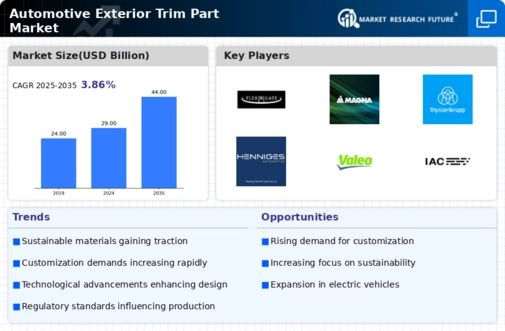
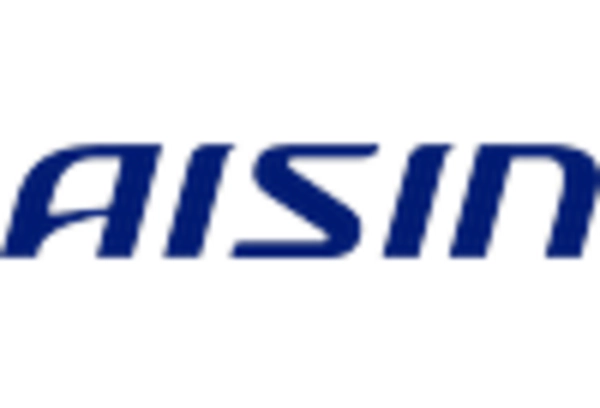
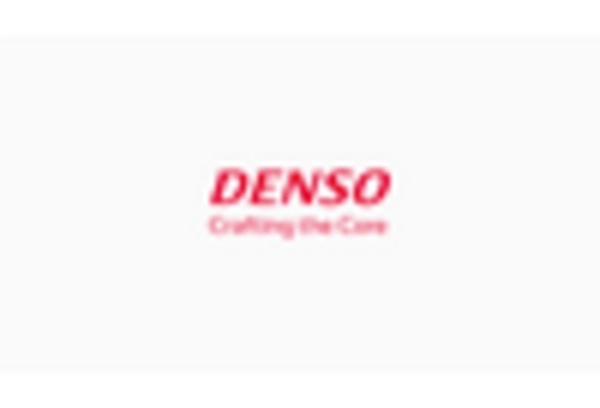
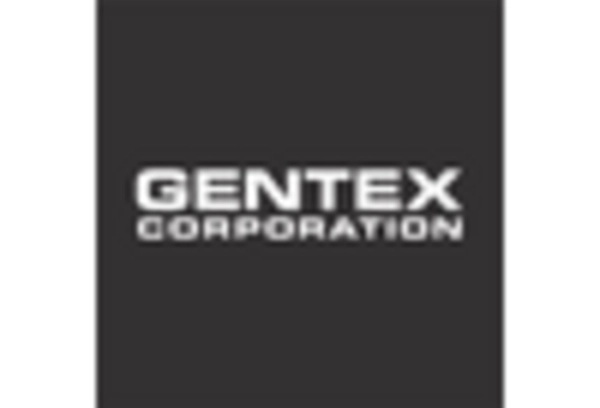


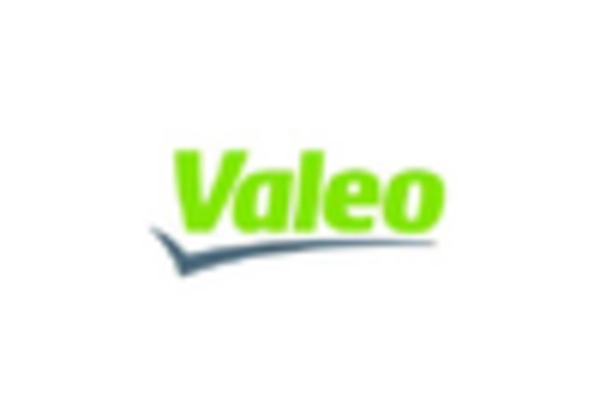








Leave a Comment